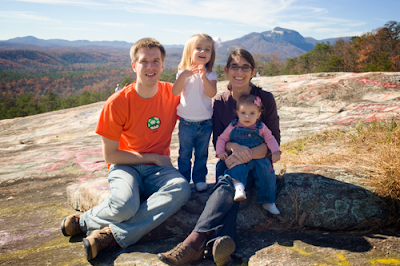When composing a shot through the view finder of your camera, it is important to consider how much of a scene you are including in your shot. Often times pictures can be improved by simply zooming (or walking) closer to your subject. By doing this, we can literally fill up our frame with what we are trying to capture in an image. Many times inexperienced photographers include unneeded elements that end up being distractions.
As you frame your shot try to "fill the frame" with your subject. If your child is the subject, let him stretch from edge to edge or top to bottom. After all, he is the most important part of the picture.
Too many times we concentrate on what we are looking at and not what we can see. While your eye is on your view finder, ask yourself what you can see that doesn't add to the appeal of the scene, and then cut it out by zooming closer.
In this image, notice how much "extra junk" there is. Do we need to see that much stroller? What about that bench in the background? It doesn't add anything helpful to the picture by giving us context or an interesting visual element. We don't really want to look at any of that stuff, so why include it in the frame?

This is better. Now we see that beautiful girl first and our eyes don't bounce around to anything else.























